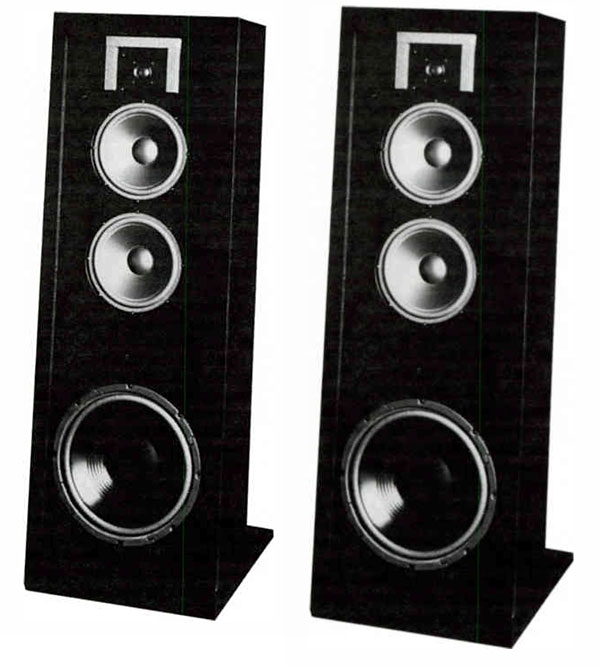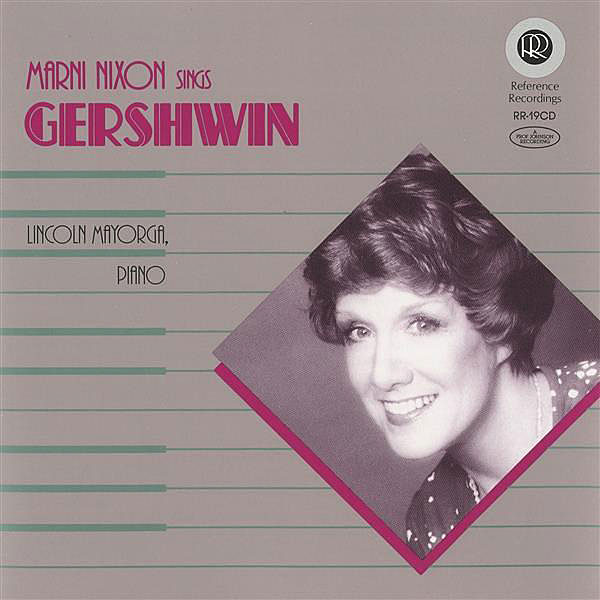| Columns Retired Columns & Blogs |
Not all reviews were positive in the old days! Stereophile tells the truth, and fortunately most, if not almost all audio products are now tonally accurate and do most things right vs. wrong.
There were many other reviews of speakers that were not recommended, as well as amps and sources... so many more from a ratio standpoint vs. today. The overall level of product quality has created that reality, IMO.









































